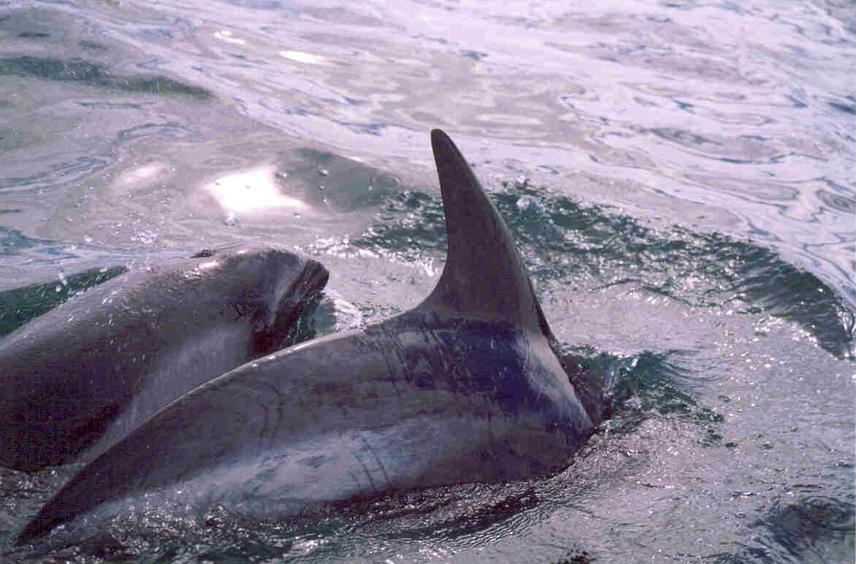Laura Marina Reyes
Other projects
19 Jan 2002
The Cetaceans of Golfo San Jorge, Patagonia, Argentina – A Conservation Programme
15 Sep 2006
Marine Conservation Programme for Central Patagonia, Argentina: Setting Basis for the Creation of Marine Protected Areas
Promote Marine Conservation in Central Patagonia, Argentina, through science, public education, and synergistic, fostering the creation, planning and implementation of MPAs.

Argentina has a continental shelf of 1.1 million km2 and a diverse 5,000km coastline. Even if marine environments are relatively pristine, insensitive coastal marine development is putting pressure on natural resources and harming conservation goals. Intense fisheries, oil exploitation, marine debris, lack of coastal planning, combined with scarce awareness about the ocean fragility often results in undermining the sustainability of ecosystems and harming wildlife. Currently, less than 1% of the Argentinean marine surface is protected. Our goal is to strengthen the Marine Conservation Program for Central Patagonia, and intend to contribute to the planning and implementation of marine protected areas (MPAs), with particular emphasis on the recently created Northern San Jorge Gulf MPA. We will integrate four cross-cutting strategies: research, education, policy making, and synergistic, increasing our chances of both short-term and long-term success.
A regards research, we will increase ecological knowledge on key group species in northern San Jorge Gulf: Magellanic penguin, white-headed steamer duck and small cetaceans, filling important data gaps for planning, specially on spatial distribution, and providing a long term conservation platform to protect the ecosystem. Education is a crucial part of our project. We are convinced that emotional connections are a motivating force for conservation. Combined with the notion of ecosystem integrity and the sense of individual responsibility, constitute basic elements for environmental education. We will strengthen our education program on marine conservation, continuing using flagship species to promote emotional connections. This year we will also establish an awareness baseline, identify and design effective communication strategies, supply schools with educational materials, and organize school trips to coastal protected areas.
An important objective is to contribute with the government to the proper planning of protected areas, providing key information and recommendations to address conservation problems, and participating in the design and implementation of conservation strategies at MPAs, mainly in the San Jorge Gulf Park, the Punta Tombo penguin colony and Peninsula Valdes.
Finally, we will continue working in synergy with other conservation initiatives, scientists and governments, strengthening the views on marine conservation, facilitating the transference to communities, fostering conservation actions. As in our first RSG, we continue taking the challenge of changing people perception towards the ocean, and helping to set basis for the creation of MPAs in this wonderful and fragile environment.